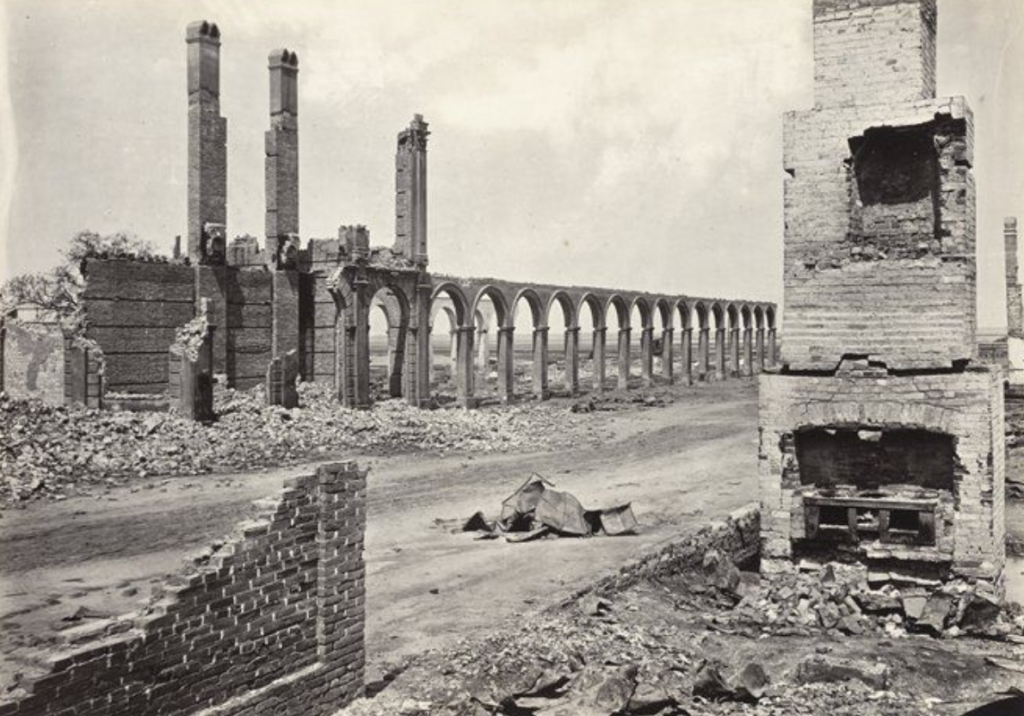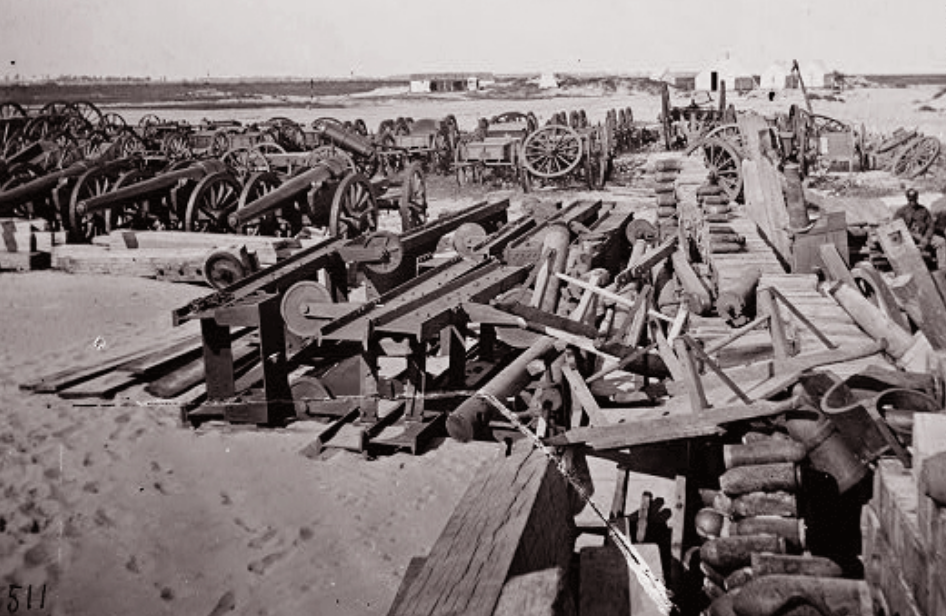On This Day in Charleston History: Charleston, S.C. surrenders to Union Army, Feb. 18, 1865
On this day in 1865, the mayor of Charleston, South Carolina, surrendered his beleaguered city to Alexander Schimmelfennig, a Union Army brigadier general, three days after Gen. P.G.T. Beauregard had ordered the remaining Confederate forces to evacuate the city. On the previous day, Union Army Gen. William Sherman had captured Columbia, the state capital; the all but defeated Confederates saw no feasible way to block his imminent arrival in Charleston.
A northern newspaper reporter portrayed the city on this day as one of “ruins, — silent, mournful, in deepest humiliation. … The band was playing ‘Hail, Columbia,’ and the strains floated through the desolate city, awakening wild enthusiasm in the hearts of the colored people …”
When Confederate troops attacked Fort Sumter in Charleston Harbor on April 12, 1861, President Abraham Lincoln’s fears that events in South Carolina would propel the nation into a civil war were realized. After a 34-hour bombardment by Beauregard’s shore batteries, Army Maj. Robert Anderson surrendered the fort. The inevitable consequence was a war between North and South and claimed some 620,000 American lives over four years.

Charleston had been under a continuous siege by Union forces since July 10, 1863. The bombardment caused major damage in the city. The Union Navy also enforced a blockade of the harbor that shut down most commercial traffic, although some blockade runners got through.
After the Confederate evacuation, Union troops moved into the city and took control of the United States Arsenal, which the Confederates had seized at the outbreak of the war. During the Reconstruction era, the U.S. War Department also confiscated the grounds and buildings of the Citadel Military Academy, using them for more than 17 years to garrison federal troops. In 1882, the facilities were returned to the state; they reopened as a military college and are in use today.
SOURCE: U.S. LIBRARY OF CONGRESS; “CIVIL WAR DAY BY DAY: AN ALMANAC 1861-1865” BY E.B. AND BARBARA LONG (1971)



Thanks for this informative post. I will sign up for your news letter.